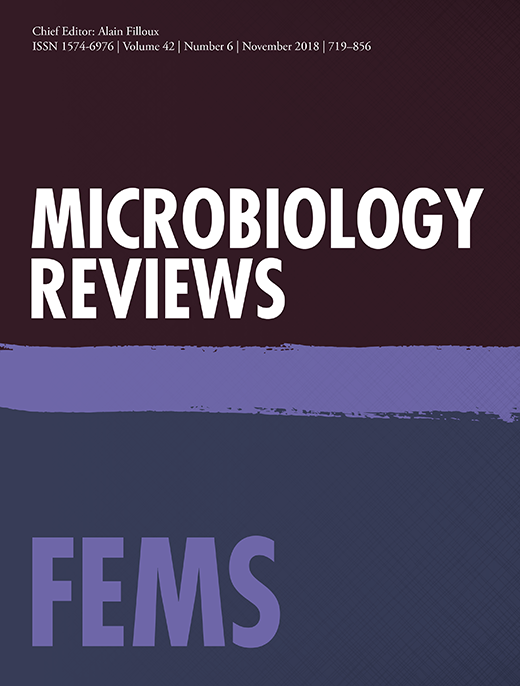
Abstract
Understanding the structure, functionalities and biology of functional amyloids is an issue of emerging interest. Inclusion bodies, namely protein clusters formed in recombinant bacteria during protein production processes, have emerged as unanticipated, highly tunable models for the scrutiny of the physiology and architecture of functional amyloids. Based on an amyloidal skeleton combined with varying amounts of native or native-like protein forms, bacterial inclusion bodies exhibit an unusual arrangement that confers mechanical stability, biological activity and conditional protein release, being thus exploitable as versatile biomaterials. The applicability of inclusion bodies in biotechnology as enriched sources of protein and reusable catalysts, and in biomedicine as biocompatible topographies, nanopills, or mimetics of endocrine secretory granules has been largely validated. Beyond these uses, the dissection of how recombinant bacteria manage the aggregation of functional protein species into structures of highly variable complexity offers insights about unsuspected connections between protein quality (conformational status compatible with functionality) and cell physiology.
